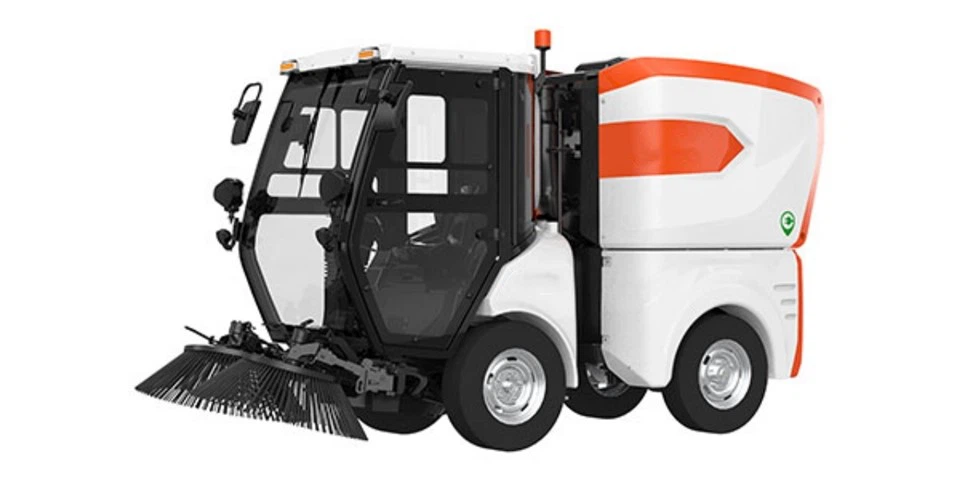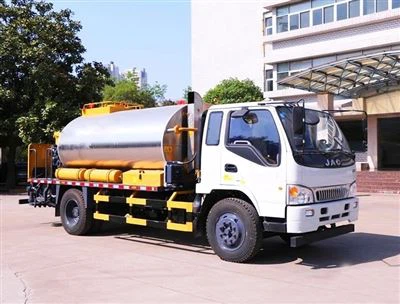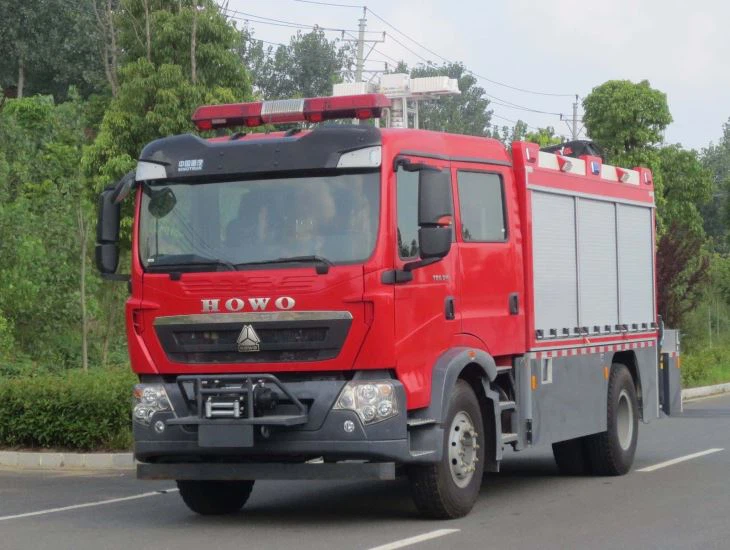How Much Water is in a Water Truck Tank?

Water trucking is an essential service in many industries, construction sites, and even residential areas where water supply is scarce. Understanding how much water is in a water truck tank can help you plan your water needs effectively. This comprehensive article explores the dimensions, capacities, usage, and considerations around water truck tanks, ensuring you have all the information you need.

Understanding Water Truck Tanks
Water trucks are specialized vehicles designed for transporting large quantities of water. Typically used in construction, agriculture, and firefighting, these trucks come in various sizes and capacities. Knowing the specifics of water truck tank sizes will help in efficient planning for any water-related needs.
Types of Water Trucks
Water trucks can be categorized based on their size, design, and purpose:
- Small Water Trucks: Typically hold 1,000 to 3,000 gallons.
- Medium Water Trucks: Usually have capacities between 3,000 to 5,000 gallons.
- Large Water Trucks: Can carry 5,000 gallons or more, with some tanks reaching over 10,000 gallons.
Common Applications of Water Trucks
- Construction Sites
- Agricultural Irrigation
- Firefighting
- Dust Control on Roads
- Emergency Water Supply
Measuring Water Volume in a Tank
To know how much water is in a water truck tank, you first need to understand how tank capacity is measured. Water truck tanks are usually either cylindrical or rectangular in shape.
Calculating Volume for Cylindrical Tanks
The formula to calculate the volume of a cylindrical tank is:
Volume (V) = π × r² × h
- π (Pi): Approximately 3.14
- r: Radius of the tank (in feet)
- h: Height of the tank (in feet)
Calculating Volume for Rectangular Tanks
The formula for rectangular tanks is simpler:
Volume (V) = length × width × height
- Length: In feet
- Width: In feet
- Height: In feet
Average Capacities of Water Truck Tanks
Typical Capacities by Size

| Truck Size | Capacity (Gallons) | Common Uses |
|---|---|---|
| Small Truck | 1,000 – 3,000 | Residential, Small Farms |
| Medium Truck | 3,000 – 5,000 | Construction, Municipal Work |
| Large Truck | 5,000 – 10,000+ | Agriculture, Industrial |
Example of Standard Capacities
For a better understanding, let’s see some common models:
- Ford F750 Water Truck: Holds 3,000 gallons
- International Water Truck: 4,000 – 6,000 gallons
- Freightliner Water Truck: 6,000 -10,000 gallons
Factors Affecting Water Truck Capacity
Weight Limits
The weight capacity of a truck can impact how much water it can carry. Most trucks have a Gross Vehicle Weight Rating (GVWR) that dictates how much weight they can legally transport. Water, being heavy (about 8.34 lbs per gallon), requires careful consideration.
Tank Design
Tank shape and materials can also affect the total capacity:
- Material: Steel vs. fiberglass tanks
- Design: Open-top vs. closed tanks
Practical Tips for Using Water Trucks
Choosing the Right Truck
When selecting a water truck, consider:
- Assessing your specific water needs (volume, application).
- Understanding the terrain (e.g., off-road capabilities).
- Considering legal regulations concerning water transport.

Regular Maintenance
Maintaining your water truck is critical. Here are some tips:
- Check for leaks regularly.
- Clean the tank before filling with water.
- Inspect hoses and pumps for wear and tear.
Water Usage Calculations
Daily Water Usage on Construction Sites
To estimate how much water you will need for a construction site, consider:
- The number of workers on site
- Types of activities (e.g., dust control, mixing concrete, etc.)
For example, a site with 50 workers may require 500 gallons per day for sanitation and spills management, while dust control may require an additional 100 gallons/hour.
Water Distribution Methods
Effective distribution can optimize water usage. Some methods include:
- Spraying directly onto surfaces.
- Using hoses with nozzles for targeted areas.
- Flooding areas when significant water is needed quickly.
Environmental Considerations
Water Sourcing Regulations
Using water trucks raises environmental concerns. Always abide by local water sourcing regulations to ensure sustainable practices. Many municipalities have guidelines on where and how water can be drawn.
Reducing Water Waste
To minimize water waste during transportation and distribution:
- Use efficient loading techniques.
- Monitor for leaks during transport.
- Plan routes to minimize distance and time.
FAQs
1. How many gallons can a typical water truck hold?
Typical water truck capacities range from 1,000 to over 10,000 gallons depending on the truck size.
2. What is the average weight of water a truck can carry?
Since water weighs about 8.34 pounds per gallon, a 5,000-gallon tank will carry approximately 41,700 pounds of water, including the tank’s weight.
3. How often should a water truck be maintained?
Regular maintenance checks should ideally be conducted monthly or any time before filling up the tank.
4. Can water trucks be used for drinking water transportation?
Yes, but the trucks must be sanitized and approved for potable water transportation to ensure safety.
5. Are there regulations regarding water truck operation?
Yes, regulations vary by location but generally include licensing requirements, weight limits, and water sourcing guidelines.
6. What are the costs associated with renting a water truck?
Rental costs vary based on size, duration, and location, typically ranging from $100 to $300 per day for smaller trucks.
